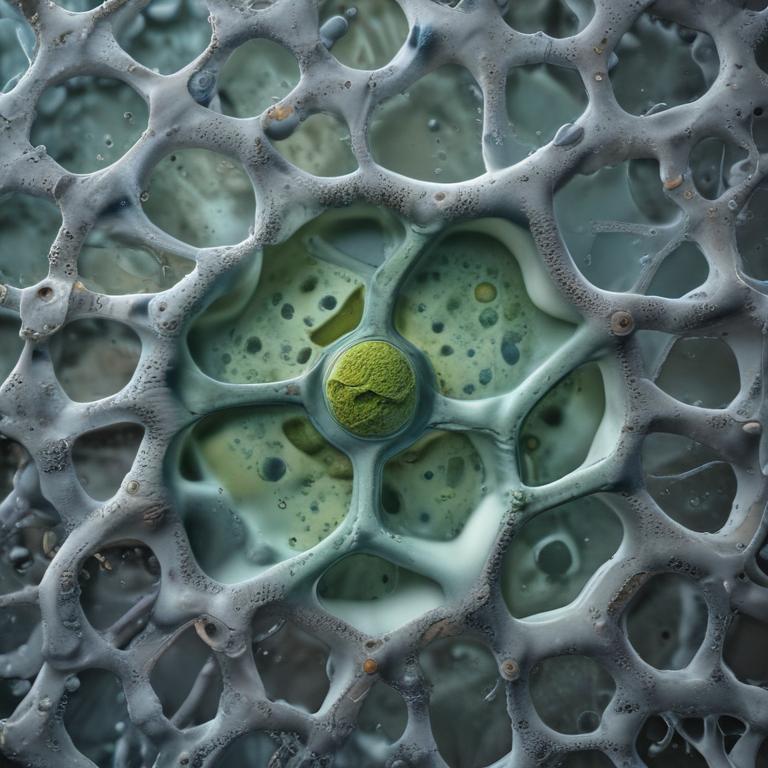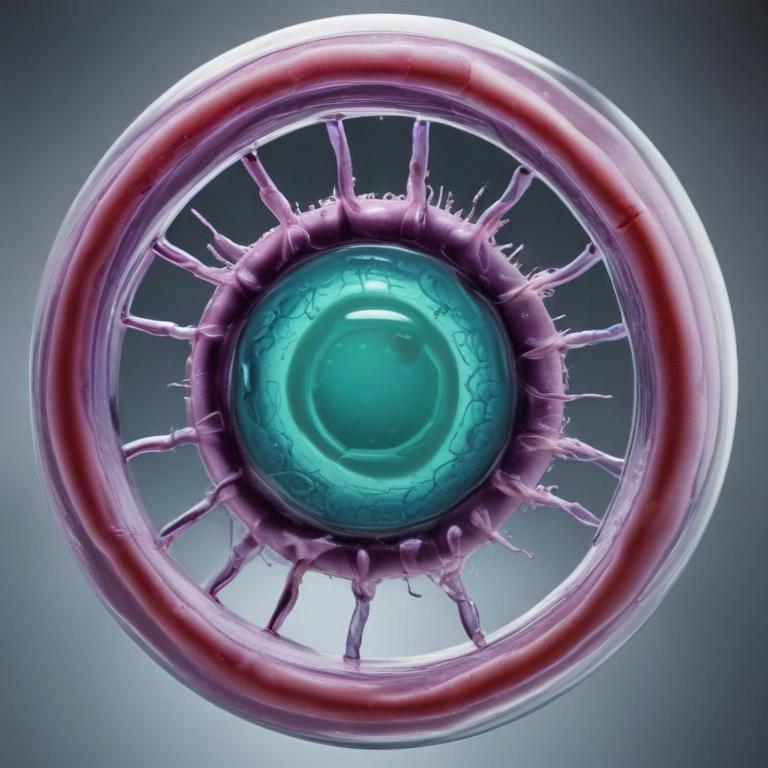发音 (Pronunciation):
IPA: /sɛl/
中文近似: 塞尔
中文意思与词性 (Meanings & Part of Speech):
- 细胞 (n.)
- 单元格 (信息待补充)
例句 (Examples):
1. The human body is made up of millions of cells.
(人体由数百万个细胞组成。)
2. Please enter the data into the cell in the spreadsheet.
(请将数据输入到电子表格中的单元格。)
用法提示 (Usage Tip):
注意区分 'cell' 和 'sell' 的发音和意思。
更多关于 "cell" (More about "cell")
单词来源 (Etymology)
来源于拉丁语 'cella',意为“小房间”或“单元”。
词根词缀解析 (Root & Affix Analysis)
词根词缀解析待补充。
“cell”的字母与词根个性化解读
字母象形/引申义 (个性化参考)
- 字母 'c' 的象形或引申含义可能包括: 骆驼头 (象形) -> 运输 (car); 抓 (手型); 砍 (弯刀); 包围 (形状); 合并; 叫喊 (嘴型); 走/动; 音变: C=G=K=S。
- 字母 'e' 的象形或引申含义可能包括: 眼睛 (窗户符号引申); 向外 (ex-变体); 元音互换: A=E=I=O=U=W=Y。
- 字母 'l' 的象形或引申含义可能包括: 拉长, 长 (line); 舌头 -> 说 (language); 细, 少; 音变: L=M=N=R。
词根/组合解读 (个性化参考)
- 单词中的片段 'el' (源自词根/组合 'el') — 含义: 生长, 成长 (al变形); 后缀:小东西; (来源提示: el = al 变形; novel); (音变参考: a=e).
学习提示:以上针对单词 cell 的字母和词根解读,主要基于提供的特定象形及词根资料。这些提示旨在启发联想,而非绝对定论。更通用的记忆规则和原则请参考首页。英语词源复杂多变,实际应用中请结合更全面的词源词典和语言学知识进行深入学习。
常用词组 (Common Phrases)
- cell phone: 手机
- battery cell: 电池单元
其他语言 (Other Languages)
- 德语: Zelle
- 法语: cellule
字母整体创意联想
单词 'cell' 的形状简单,像一个小房间的轮廓,容易记忆。
逐字母创意解读
中文谐音助记
“细胞” -> “小房间”
相关电影/名言
"You can't escape from this cell."
(你无法逃离这个牢房。)
- 《肖申克的救赎》(1994)
趣味知识/故事
细胞是生命的基本单位,科学家们通过显微镜观察细胞,揭示了生命的奥秘。
拓展信息
细胞不仅是生物体的基本构成单位,还是研究生命科学的基础。现代生物技术的发展使人们能够深入研究细胞的功能和特性。
细胞的种类繁多,主要包括动物细胞、植物细胞和细菌细胞等。每种细胞都有其独特的结构和功能。
网络参考 (More about "cell" from the Web)
Cell: Cell - Cell Press
Cell publishes findings of unusual significance in any area of experimental biology, including but not limited to cell biology, molecular biology, neuroscience, immunology, virology and microbiology, cancer, human genetics, systems biology, signaling, and disease mechanisms and therapeutics. More
Cell (biology) - Wikipedia
Learn about the basic unit of life, the cell, and its two main types: prokaryotic and eukaryotic. Compare their features, such as size, DNA, organelles, membranes, and more.
Cell | Definition, Types, Functions, Diagram, Division, Theory, & Facts ...
Learn about the basic unit of life, the cell, and its structure, functions, and diversity. Explore the cell theory, the organelles, the membrane, the division, and the diagram of animal and plant cells.

